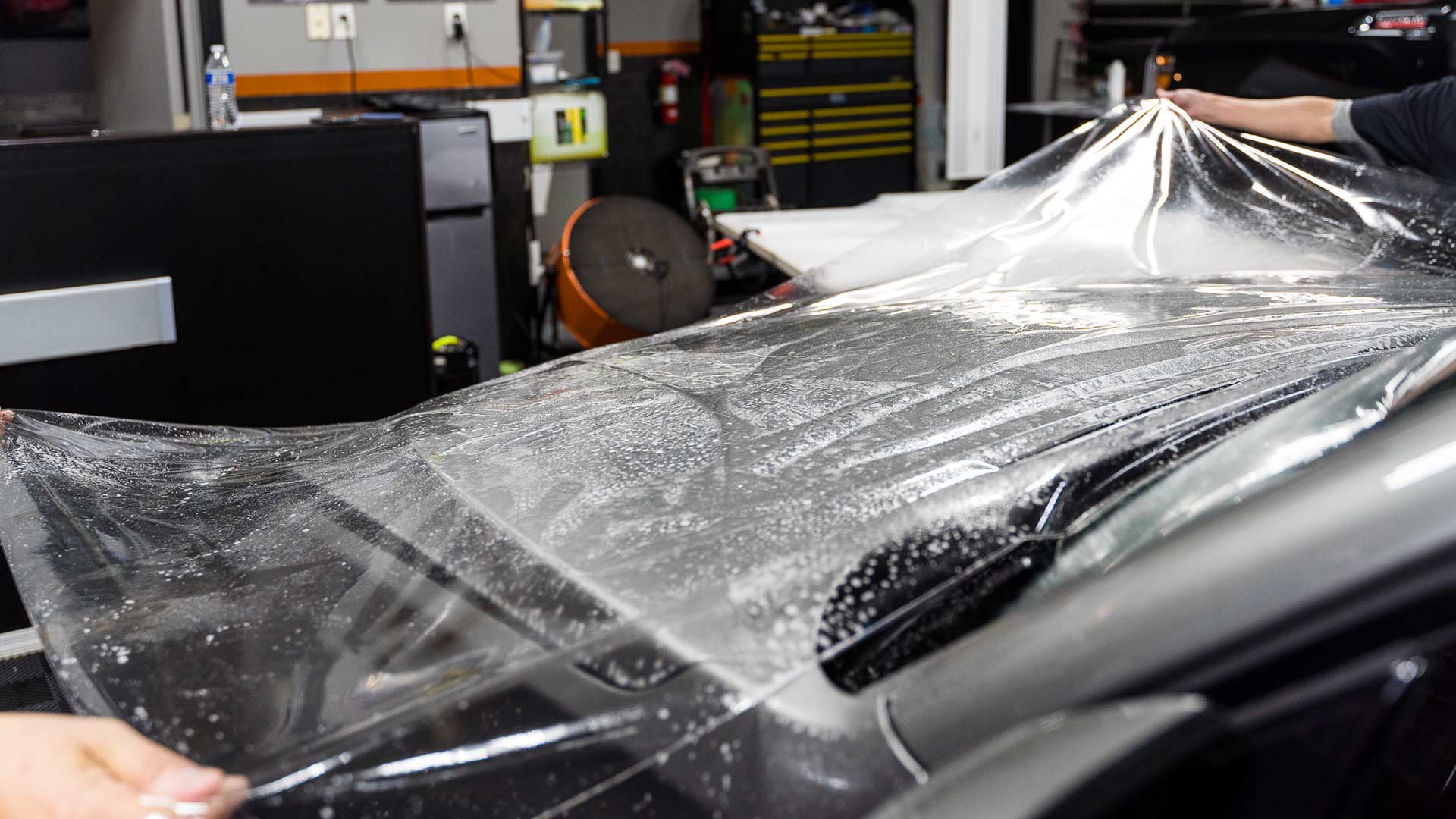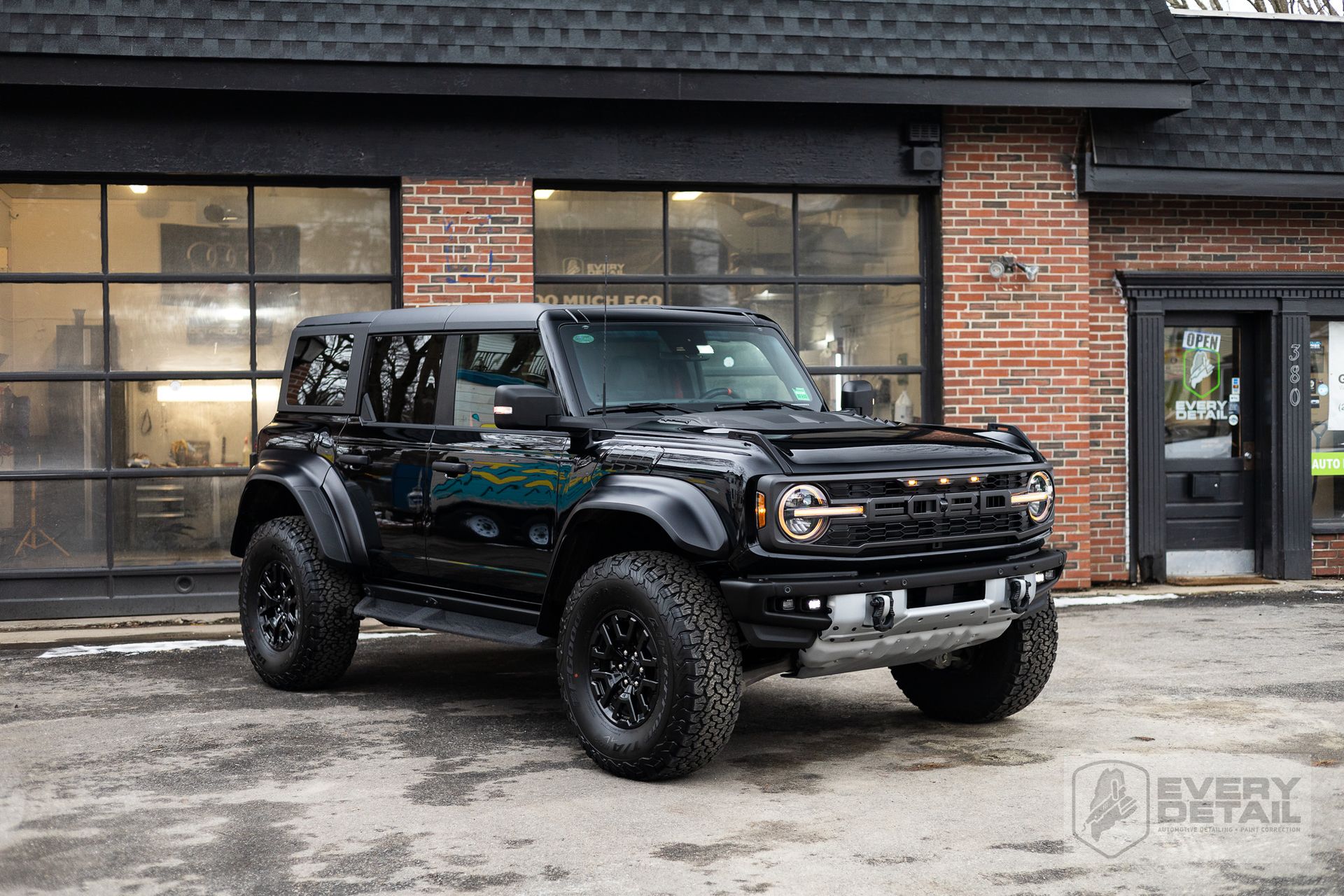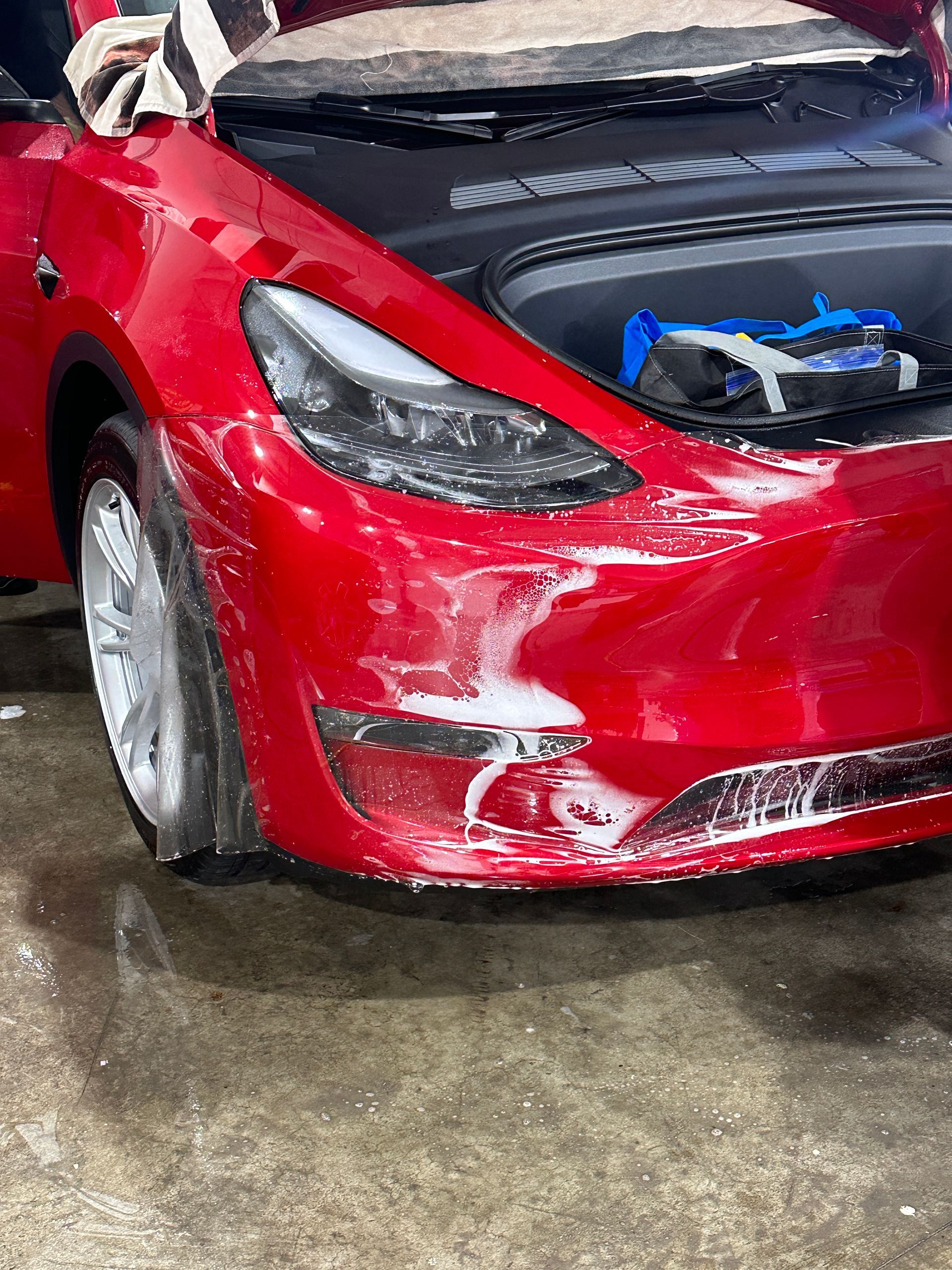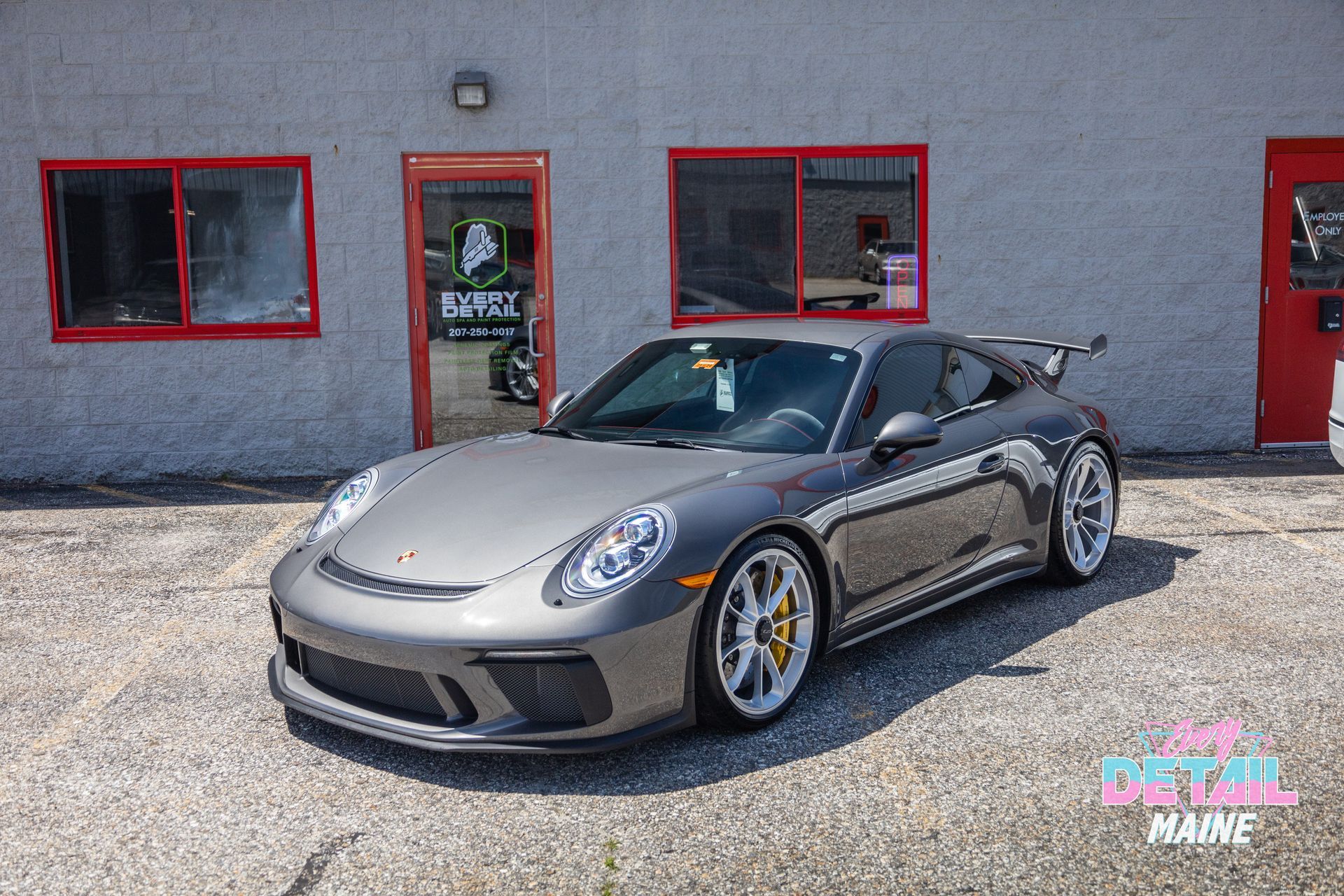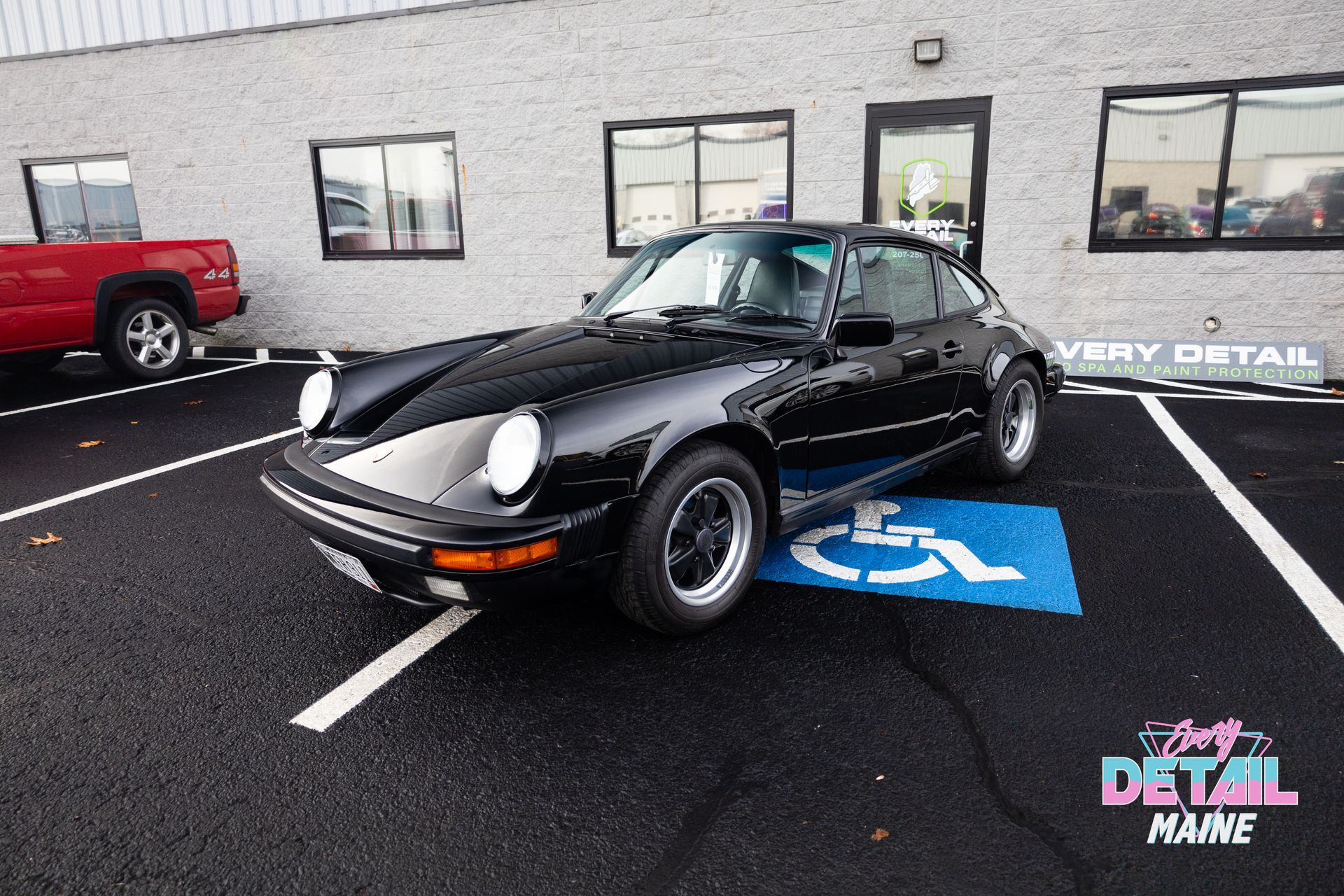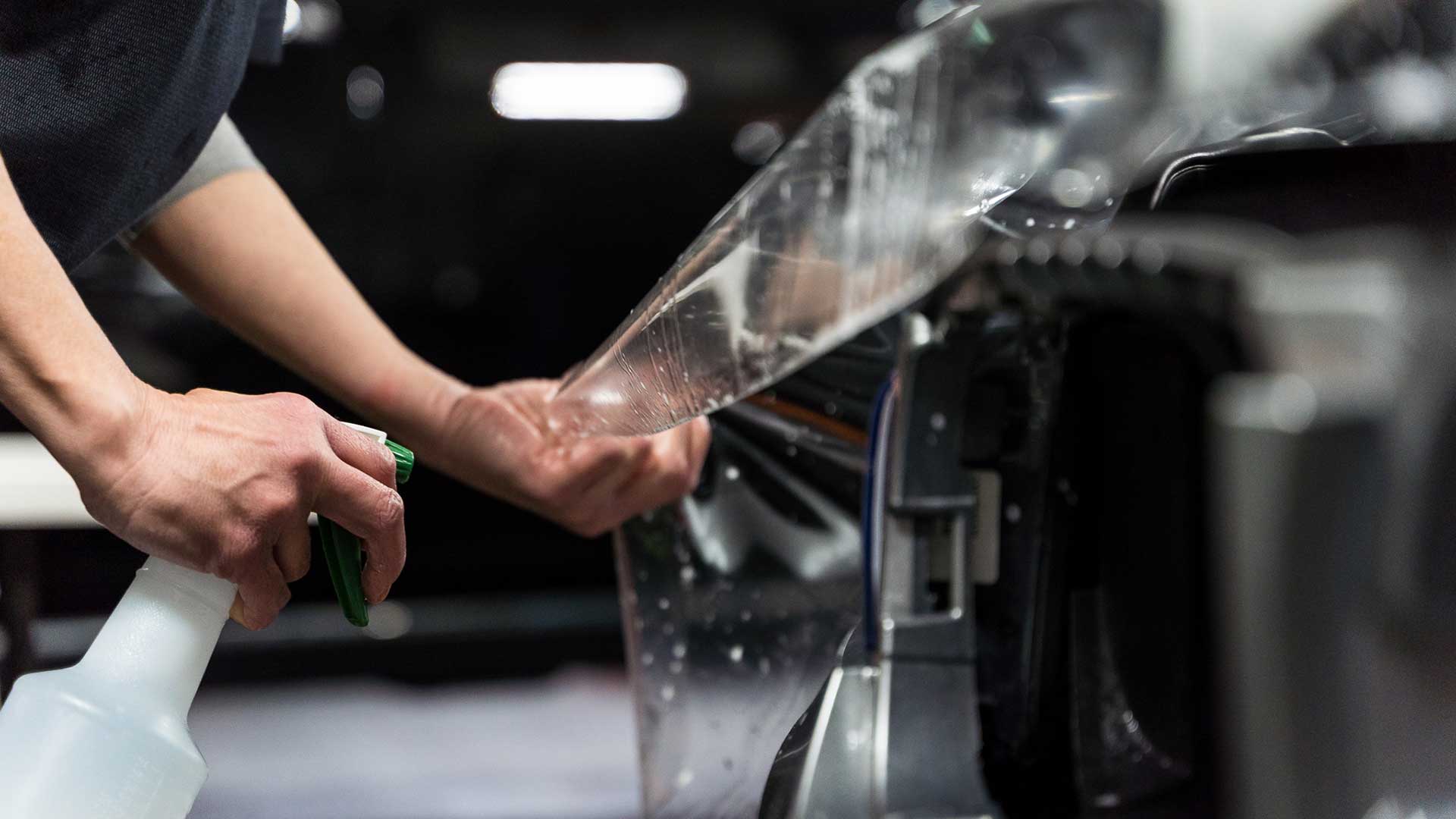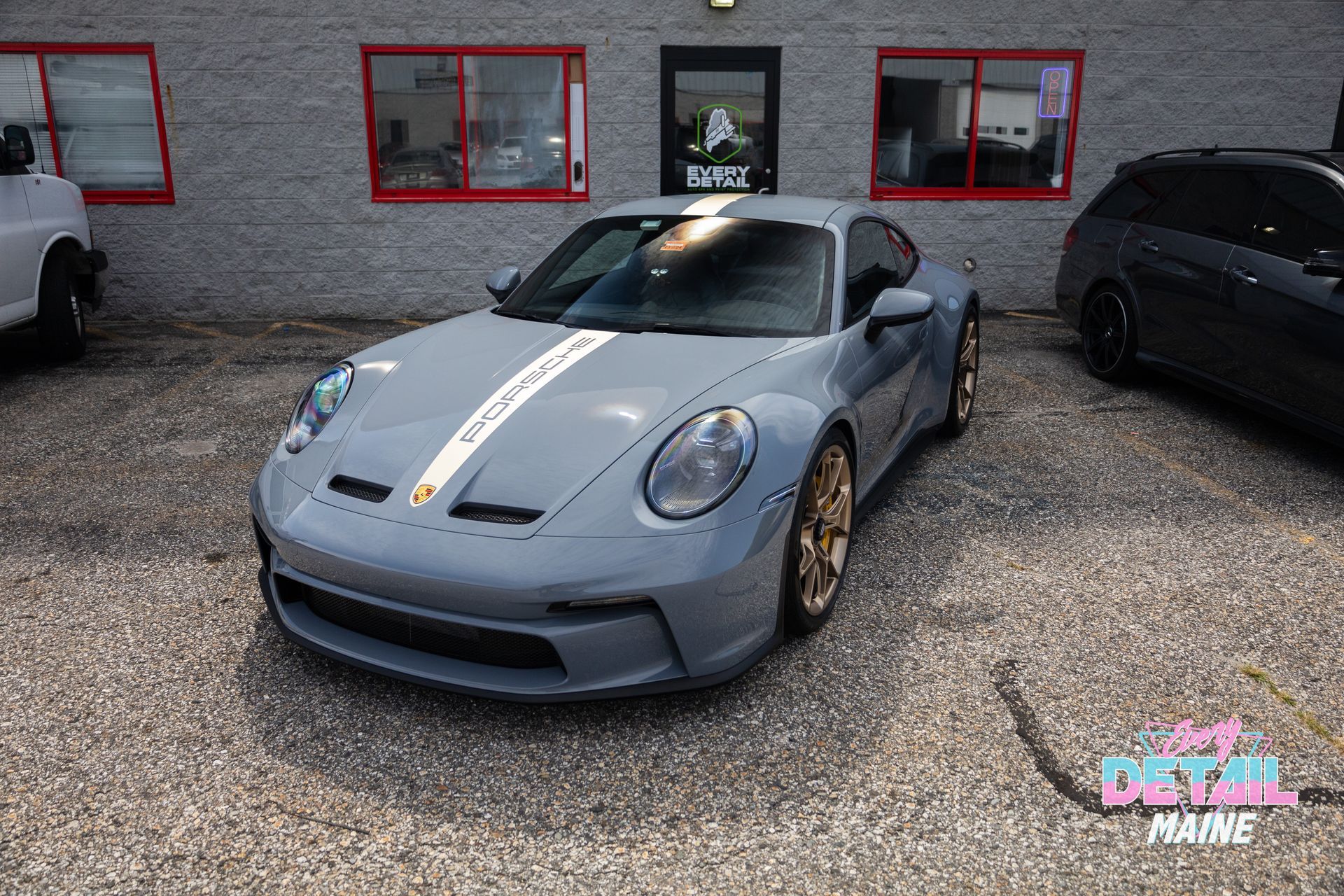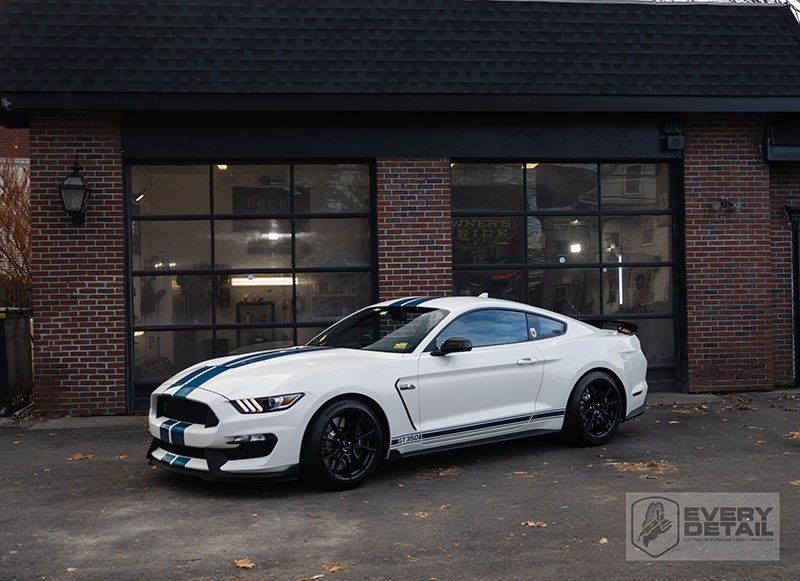By SEO Team
•
February 21, 2025
When it comes to keeping your vehicle looking sharp, every car owner wants tips that really work. For many, the first thought might be a good wax job or ceramic coating, but have you ever considered Paint Protection Film (PPF)? This innovative solution is like having a superhero shield for your car's paint, fighting off scratches, chips, and other threats while being almost invisible. It’s not just for fancy sports cars—PPF can benefit SUVs, trucks, motorcycles, and even those classic beauties gathering dust in the garage. So let’s dive into how PPF works, the different ways it can be applied across various vehicle types, and why this protective layer might be the investment you didn't know you needed. Yes, Paint Protection Film (PPF) can be applied to all vehicle types, including cars, trucks, SUVs, and motorcycles. However, the effectiveness and installation process may vary based on the vehicle's surface materials and design features, so it's essential to consult with a professional installer for the best results tailored to your specific vehicle. Exploring Paint Protection Film (PPF) Paint Protection Film (PPF) is not just a fancy accessory for your vehicle; it's an essential defense line against everyday hazards that can ruin your car's finish. Originally developed for military applications to protect helicopter blades, PPF has evolved into a crucial component for automotive care. This transparent layer acts like a shield, providing robust protection against rock chips, scratches, and the harsh elements that you encounter on the road. Composed primarily of high-quality polyurethane or polymer materials, PPF is designed for durability and resilience. What’s remarkable is that its construction allows it to resist yellowing from UV rays, maintaining its clear appearance long after application. Unlike older paint protection methods that could be visibly obtrusive, PPF is nearly invisible when applied correctly, blending seamlessly with your vehicle’s original paint job. The strength of PPF lies in its ability to preserve the aesthetic charm of your vehicle while safeguarding it from potential damage. Imagine driving down a gravel road without worrying about chips or scuffs—this film provides peace of mind for car enthusiasts and daily commuters alike. Over time, you’ll notice how it enhances gloss and depth of color, ensuring your vehicle looks showroom-fresh even years after purchase. Brands like XPEL, SunTek, and 3M have garnered praise for their reliable PPF products. Many offer warranties stretching up to ten years, reflecting their confidence in long-lasting performance. This protective layer isn’t just practical but also maintains the resale value of your vehicle over time. A well-protected car retains its visual appeal, translating into a more favorable price should you decide to sell or trade it in. While these features showcase the benefits of PPF, understanding how it applies across different vehicle types can further enhance your decision-making process as you consider your options. Application on Cars and Trucks The most frequent application of PPF occurs on cars and trucks, leading to a diverse range of solutions customized for these vehicles. It’s essential to recognize that not every vehicle type requires the same strategy. The key is to focus on the specific areas that are most vulnerable to damage. High-Traffic Areas Concentrate on the high-traffic areas, which are often the frontline against chips and scratches. This includes parts like the front bumper, hood, and side mirrors. These areas consistently face more exposure to debris from the road, making them critical spots for your PPF investment. By prioritizing the application of PPF in these high-risk zones, you’re ensuring a robust defense against potential damage that could detract from your vehicle's appearance and resale value. Tailored Kits Another important consideration is opting for tailored PPF kits. Many manufacturers provide pre-cut options specifically molded for different car models. This approach minimizes installation complexity and reduces the risk of errors during application, as these kits perfectly match the contours of your vehicle. Engaging with these tailored kits allows amateurs and professionals alike to achieve seamless results that look as if they originated straight from the factory. When you choose a reputable brand such as 3M or XPEL, you’re investing in quality materials designed specifically to withstand environmental hazards while providing good visibility over time. Thus, installing the right type of PPF enhances not just appearance but also offers peace of mind when traversing harsh driving conditions. As we explore further applications of Paint Protection Film, it's essential to understand how it can effectively safeguard other types of vehicles like motorcycles.
